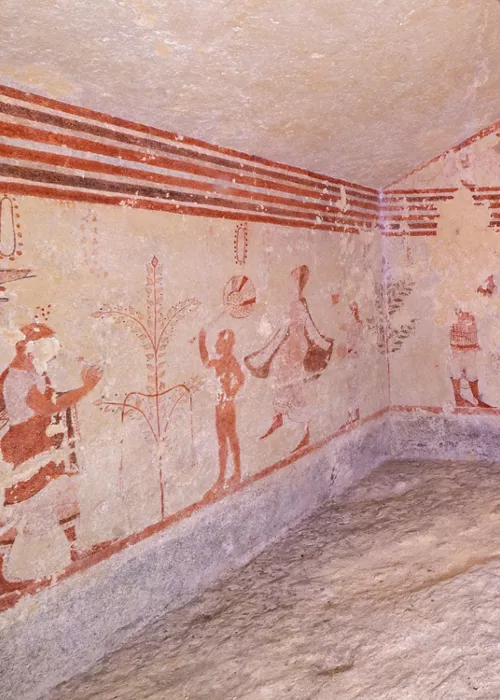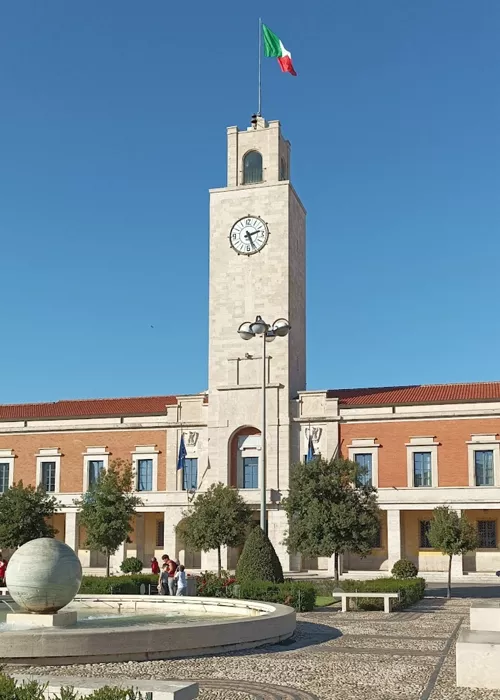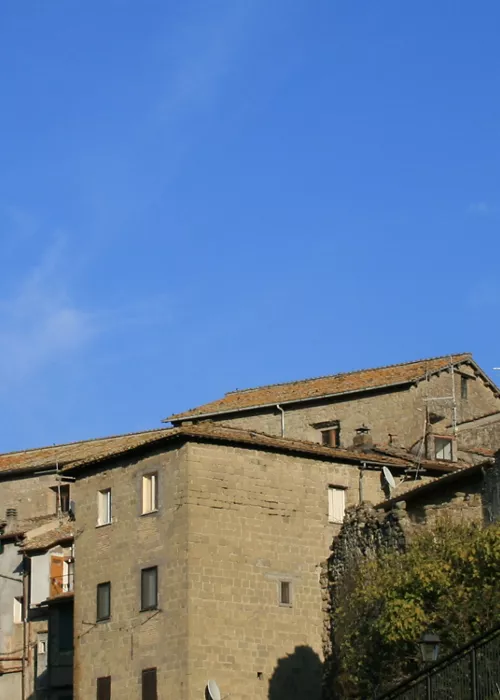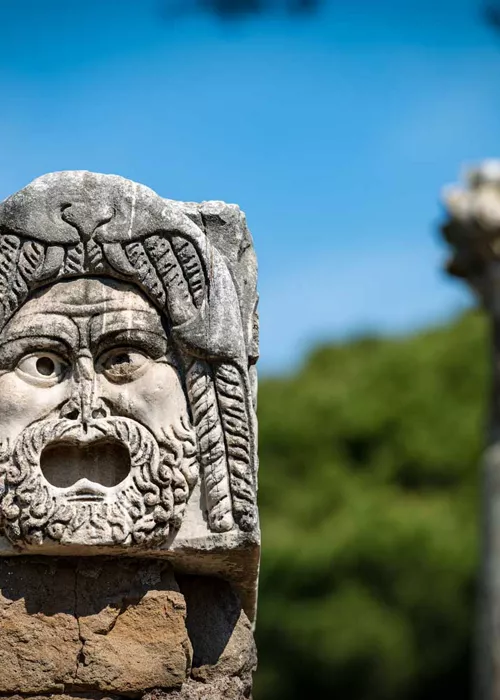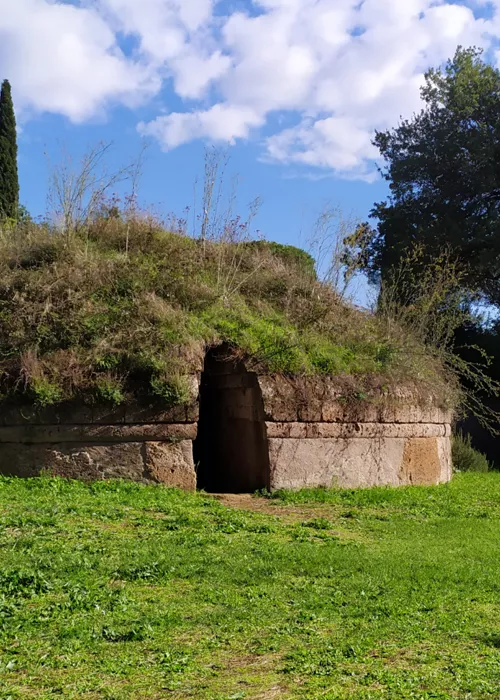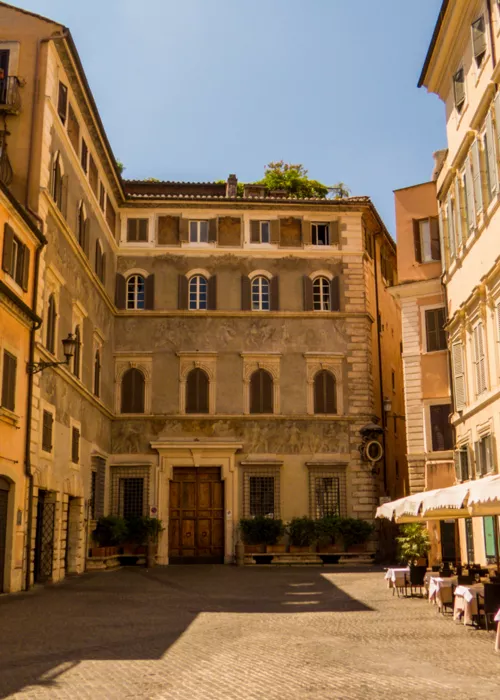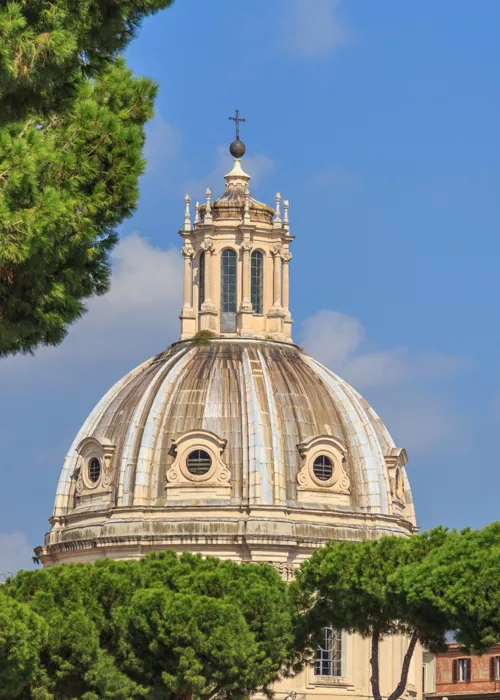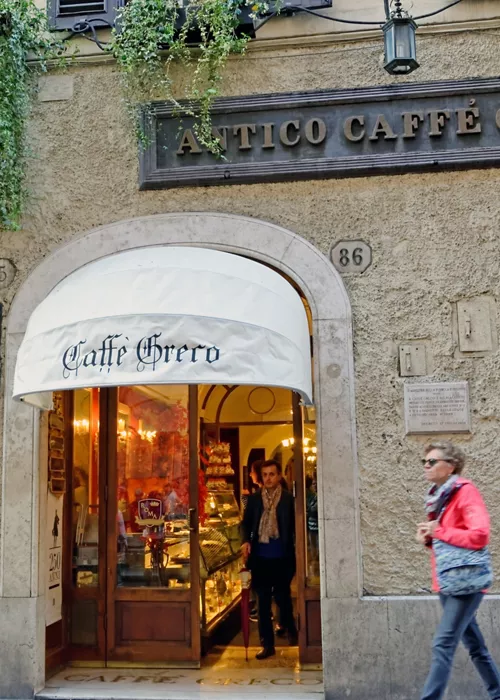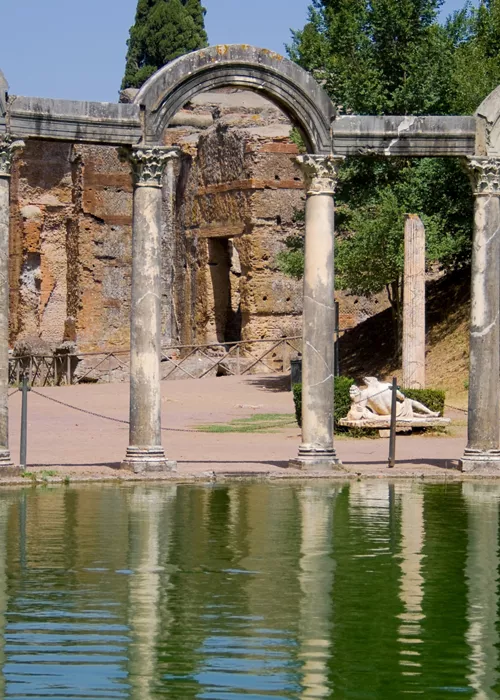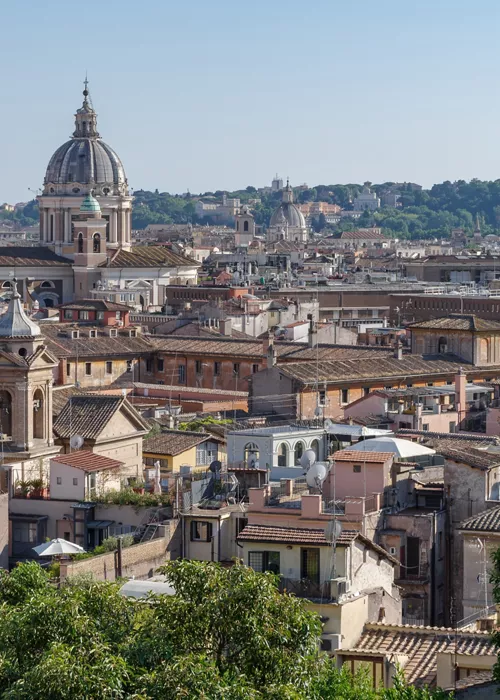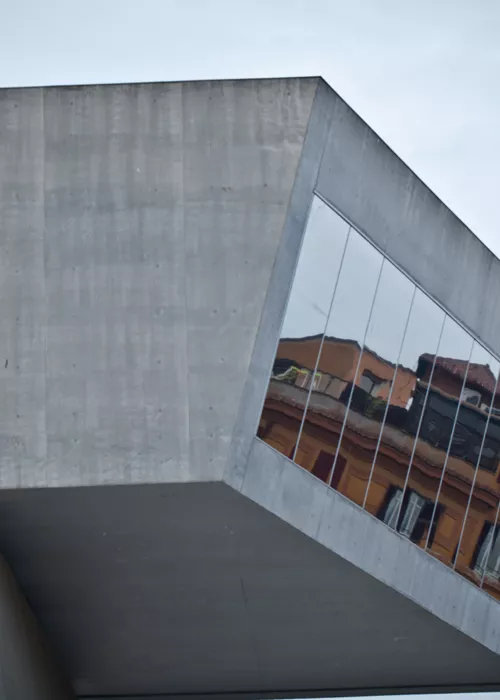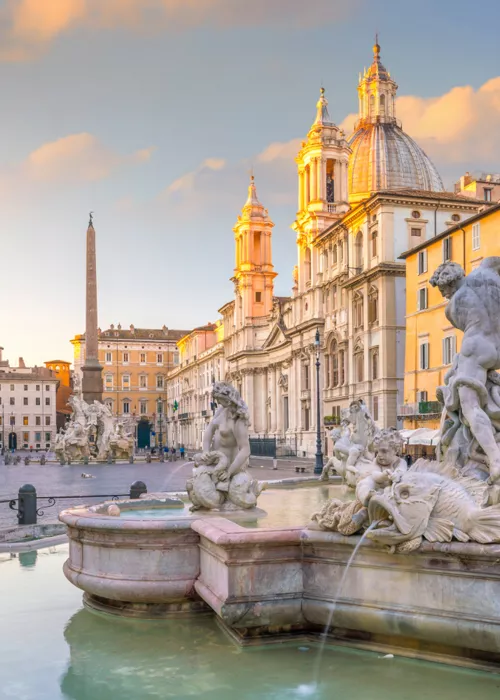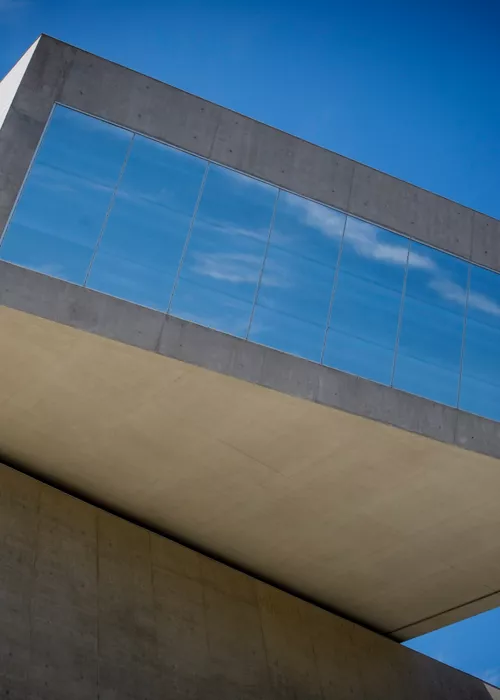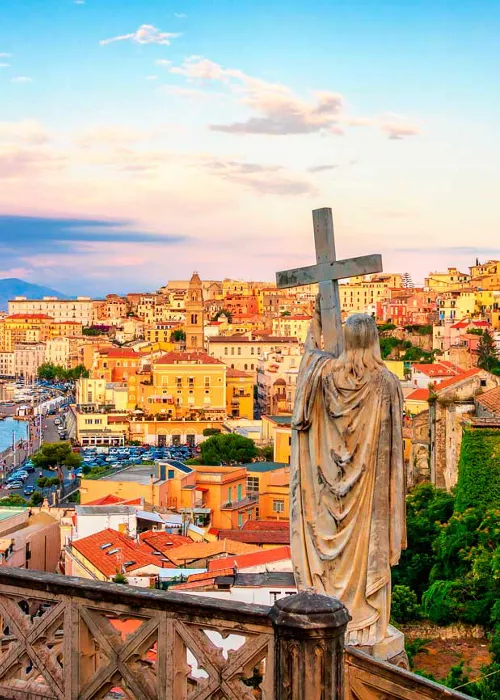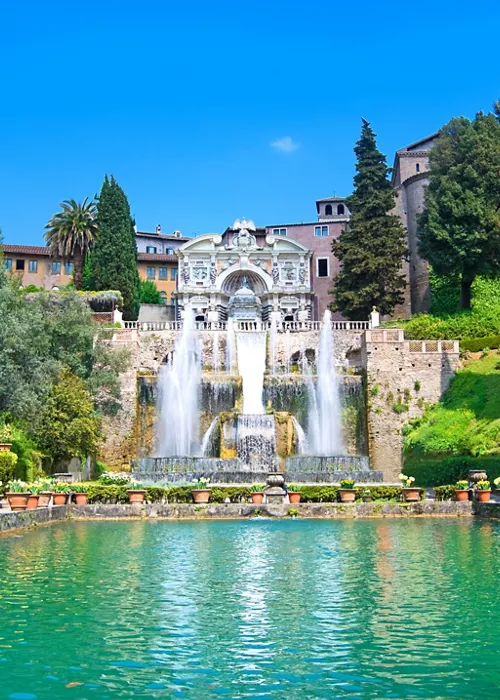Lazio and the majestic Roman artichoke PGI
2 minutes
Typical of the Lazio coastline and the areas of Rome, Viterbo and Latina, the Roman artichoke was the first vegetable in Italy with Protected Geographical Indication at the EU level.
It has an age-old tradition, with recognised therapeutic properties.
From December to May, it is the undisputed star of regional markets, lending itself to countless recipes. Let's tuck in!
The long history of the Roman artichoke and its therapeutic properties
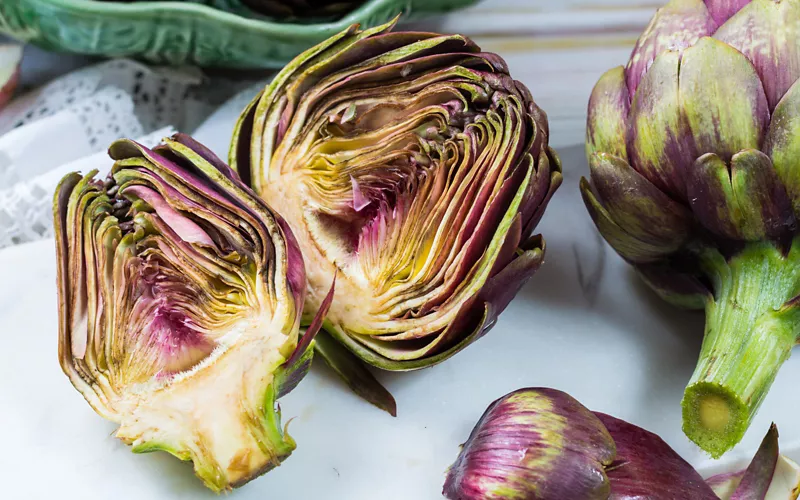
A pearl of the Lazio region, the Roman artichoke has very ancient origins. Dating back to Ancient Egypt, this vegetable was widespread in the Mediterranean and was used therapeutically by the Greeks. Some botanists, however, believe that we owe the cultivation of this vegetable to the Etruscans, based on depictions of artichoke leaves on tombs in the necropolis of Tarquinia.
Regardless, the artichoke is the undisputed king of the vegetable garden.
As well as its use in the treatment of liver diseases, recognised since ancient times, its pharmacological properties have also been backed up by scientific studies: it helps to regulate appetite, stimulate diuresis, manage weight and cellulite, and combat kidney stones, is useful for people struggling with cholesterol, diabetes and hypertension, is rich in fibre and antioxidant, and is detoxifying.
In short, artichokes should always have a place on our table! On top of all these qualities, it also has an unmistakable taste.
Characteristics and typical dishes
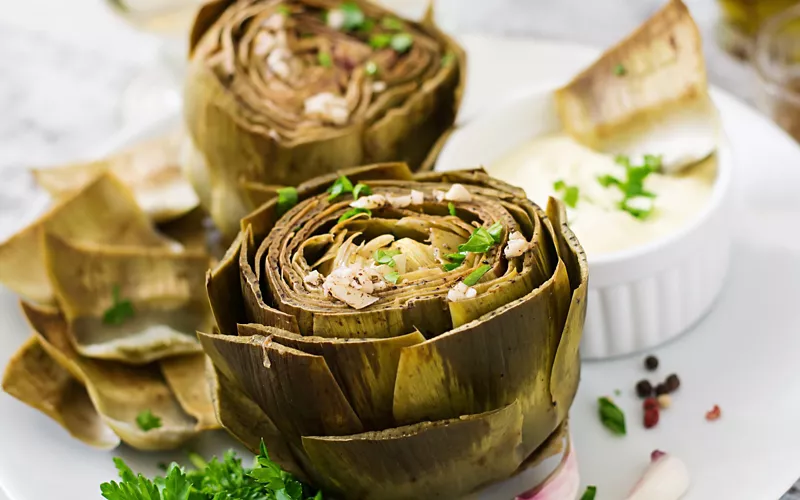
The Roman artichoke’s two main characteristic properties are its softness and bitterness. The first lies in the “heart” and inner leaves, which are much more tender than other varieties; the second lessens when cooked.
The versatility of this vegetable cannot be overstated, as it can be used in a multitude of dishes.
It is traditionally eaten “alla romana”, that is, cooked over a low heat in plenty of oil, seasoned with garlic, parsley, Roman mint and pepper.
Another popular and much-loved version is artichoke “alla giudìa”, which sees it cut into spirals, to remove the hardest part, and fried twice, with the stem pointing upwards, once again in plenty of hot oil.
At Christmas Eve dinner, you are sure to find it on the tables of all Roman diners, battered and fried.
When it comes to pairing it with a drink, bear in mind that artichoke is the enemy of wine, because it contains a molecule called cynarin, which deactivates the sweet receptors in our taste buds. To enjoy artichoke “alla romana”, we therefore recommend a glass of red without excess tannin. Wines obtained from the Primitivo and Cesanese varieties of grape are excellent. On the other hand, a glass of bubbly pairs perfectly
with artichokes “alla giudìa”.
Lazio festivals
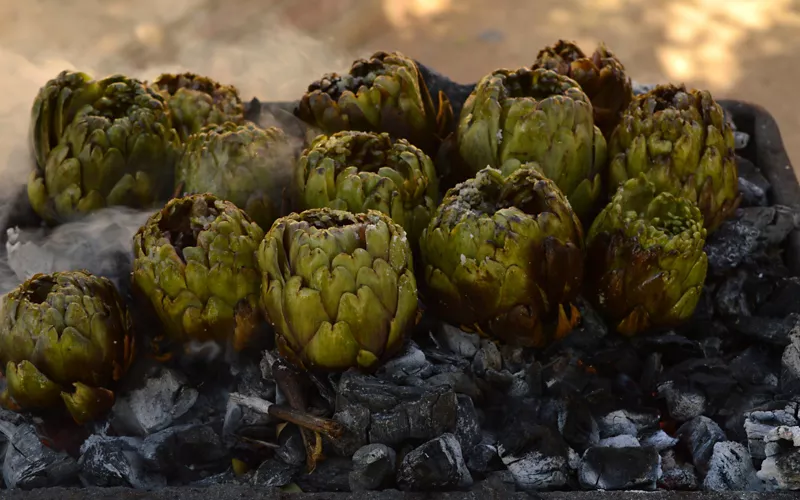
There are many events in Lazio that pay homage to the artichoke, the king of the garden.
Among the best known are the Sagra del Carciofo (Artichoke Festival) of Ladispoli, in Rome, held every year in April, as well as the spring Artichoke Festivals in Latina and in Campagnano, and finally the Carciofolata Veliterna of Velletri, dedicated specifically to “Matticella” artichokes.
They are all celebrated at peak harvesting time. They have different histories and traditions but are united by the desire to promote the consumption of the Roman artichoke.


